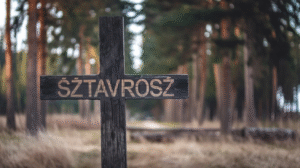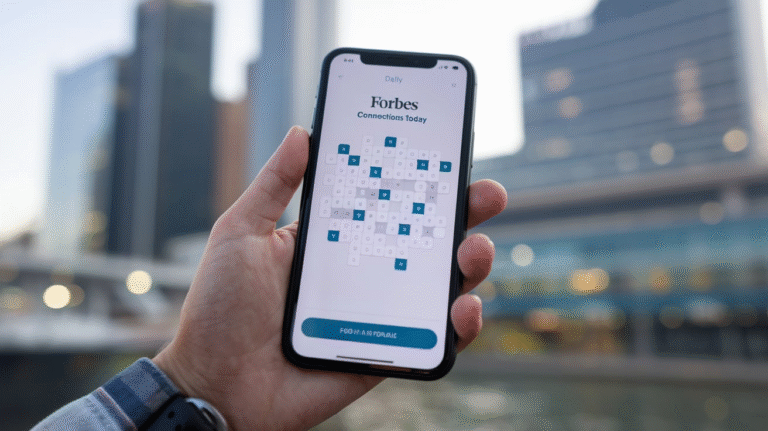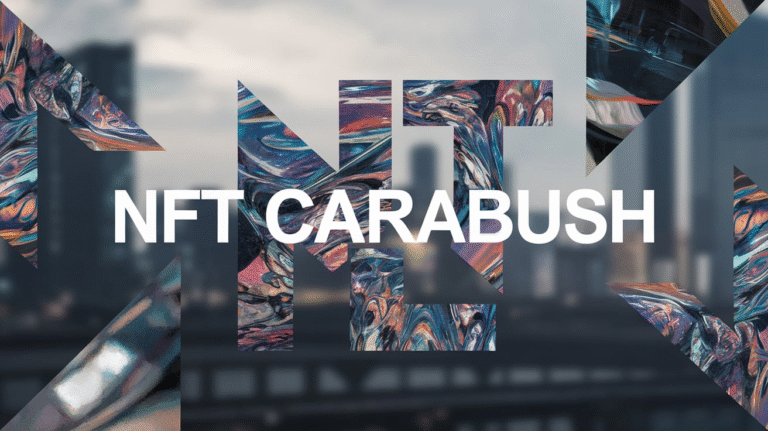If you love fishing and want to catch more fish, then the best fishing apps can be your secret tool. Many people now use their phones when they go fishing, not just to take pictures but also to find fish, check the weather, or learn new tips. The best fishing apps can show you maps, give you tide times, and even tell you when fish are most active. Some apps are like fishing diaries, where you can save your catches and spots. Others are like friendly communities where people share what they caught and where. With so many choices, it can be hard to know which apps are worth it. That’s why we are sharing this guide to help you choose the best fishing apps that can make your trips smarter and more exciting.
Fishing is more than just waiting for a bite, it’s also about planning, learning, and enjoying the water. The best fishing apps help make this part easier and more fun. Imagine being able to check the best time to fish before leaving home, or finding a new hidden spot by looking at a map in your pocket. You can track your catches, share your stories with other anglers, and even join online fishing contests. These apps are not only helpful for pros but also great for beginners who want to learn faster. Many of them are free or have free versions, so you can try without spending money. By using the best fishing apps, you can spend less time guessing and more time catching. In this post, we will talk about the top apps, what they do, and how they can help you enjoy every fishing trip.
What Makes the Best Fishing Apps Special?
The best fishing apps are special because they help you catch more fish and have more fun on the water. These apps do many things like show you maps, tell you the best time to fish, track your catches, and even connect you with other people who love fishing. They save you time because you do not have to guess where or when to fish. Some apps even give tips on bait and tackle, or show weather and water conditions. They are easy to use, so anyone from beginners to experts can enjoy them. By using these apps, you can plan better trips, learn new skills, and become a smarter angler. These tools make fishing easier and more exciting, turning every fishing trip into a great adventure.
Best Fishing Apps for Maps and Navigation
Fishing apps for maps and navigation are very helpful because they show you where lakes, rivers, and fishing spots are. You can see depth, underwater structures, and safe paths for your boat. Some apps also give satellite images and GPS directions to find the best spots quickly. This means you spend more time fishing and less time searching. Many apps let you mark your favorite spots, so you can return later. They also help with planning trips to new areas safely. Whether you fish in big lakes, small ponds, or the ocean, these apps make it easier to know exactly where to go. Maps and navigation features in the best fishing apps save time and increase your chances of a great catch.
Best Fishing Apps to Check Weather and Tides
Checking weather and tides is very important for fishing, and the best fishing apps do this for you. They show you the temperature, wind speed, rainfall, and sunlight hours. Some apps also show tide charts, moon phases, and water temperature. This helps you know the best time of day or month to fish. Fishing at the right time can make your trip more successful. Apps with weather and tide info keep you safe by warning you about storms or strong winds. Beginners and experienced anglers both benefit because they can plan the trip around ideal conditions. With the best fishing apps, you will be prepared and ready, so you catch more fish and have more fun.
Best Fishing Apps to Log Your Catches
Logging your catches is fun and very useful, and the best fishing apps help you do this easily. You can record the type of fish, size, weight, and where you caught it. Some apps also let you add photos or notes about bait and weather. This helps you remember the best spots and techniques for future trips. By keeping a log, you can see patterns and learn when fish are most active. Many apps even offer graphs or reports to track your progress over time. Logging catches makes fishing smarter because you know what works best. It is also fun to look back at your past trips and share your catches with friends. These features make fishing more exciting and organized.
Best Fishing Apps for Beginners and Kids
The best fishing apps for beginners and kids are simple and easy to use. They teach how to fish, show basic techniques, and give safety tips. Some apps have videos or guides that explain how to use gear and bait. Kids enjoy colorful and fun apps that make learning fishing exciting. Beginners can track catches, find new spots, and learn from other anglers. These apps make starting fishing less confusing and more enjoyable. They also encourage kids and beginners to spend more time outside learning about nature. With these apps, everyone can have fun, catch fish, and feel confident on the water.
Best Fishing Apps with Social Sharing Features
Fishing apps with social sharing features let you connect with other anglers and share your experiences. You can post photos of your catches, see what others caught, and get tips from the community. Some apps have groups, leaderboards, or challenges to make fishing more fun. This helps you learn new spots and techniques from real people. Social sharing also keeps fishing exciting because you can celebrate successes and learn from mistakes. Apps with these features make fishing a friendly and interactive activity. By connecting with other anglers, you feel part of a community and enjoy fishing even more. Sharing your progress can motivate you to fish more and improve your skills.
Free vs Paid: Which Best Fishing Apps Should You Try?
Some fishing apps are free, while others require payment or subscriptions. Free apps are good for beginners or those who want to try without spending money. They usually include maps, basic logging, and weather info. Paid apps often give more features like advanced maps, detailed forecasts, tournaments, and offline access. Choosing depends on your needs. Beginners may start with free apps, while serious anglers can invest in paid apps for more tools. Some apps offer a free trial, so you can test them before paying. By knowing what you need, you can pick the best fishing apps that fit your style and budget. Both free and paid apps can make fishing easier and more fun.
How the Best Fishing Apps Can Improve Your Fishing Trips
The best fishing apps improve your trips by making planning, fishing, and learning easier. They save time by showing spots, giving weather updates, and tracking your catches. You can discover new places, learn better techniques, and avoid mistakes. Apps can also help you stay safe by warning about bad weather or unsafe water conditions. Using these apps makes every trip more enjoyable because you feel confident and ready. You can share your experiences with friends or join competitions. By using the right tools, fishing becomes less stressful and more successful. These apps turn ordinary trips into fun adventures full of learning and excitement.
Conclusion
The best fishing apps make fishing easier, safer, and more fun. They help you find spots, check weather, and track your catches. Anyone can use them, from beginners to experts, to enjoy fishing more.
By using these apps, you spend less time guessing and more time catching. You can learn new tips, meet other anglers, and make every fishing trip better. These apps are helpful tools for every fishing adventure.
FAQs
Q: What are the best fishing apps for beginners?
A: Apps like Fishbrain, ANGLR Logbook, and Fishency are simple and teach beginners how to fish.
Q: Are there free fishing apps?
A: Yes, many apps like FishAngler and Fishbrain have free versions with basic features.
Q: Can fishing apps show the best time to fish?
A: Yes, most apps give weather, tide, and solunar info to suggest the best fishing times.
Q: Do fishing apps help track catches?
A: Yes, many apps let you log fish type, size, weight, and location for future reference.
Q: Can I use fishing apps offline?
A: Some paid apps offer offline maps and features, but free apps usually need internet for full access.












